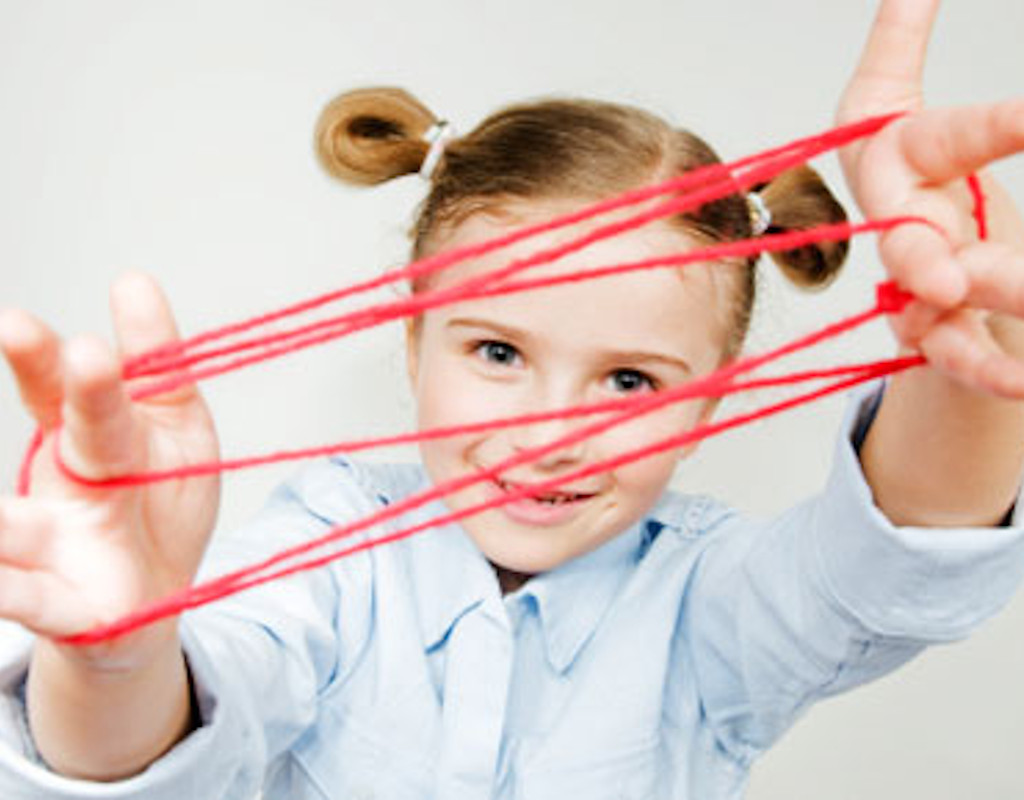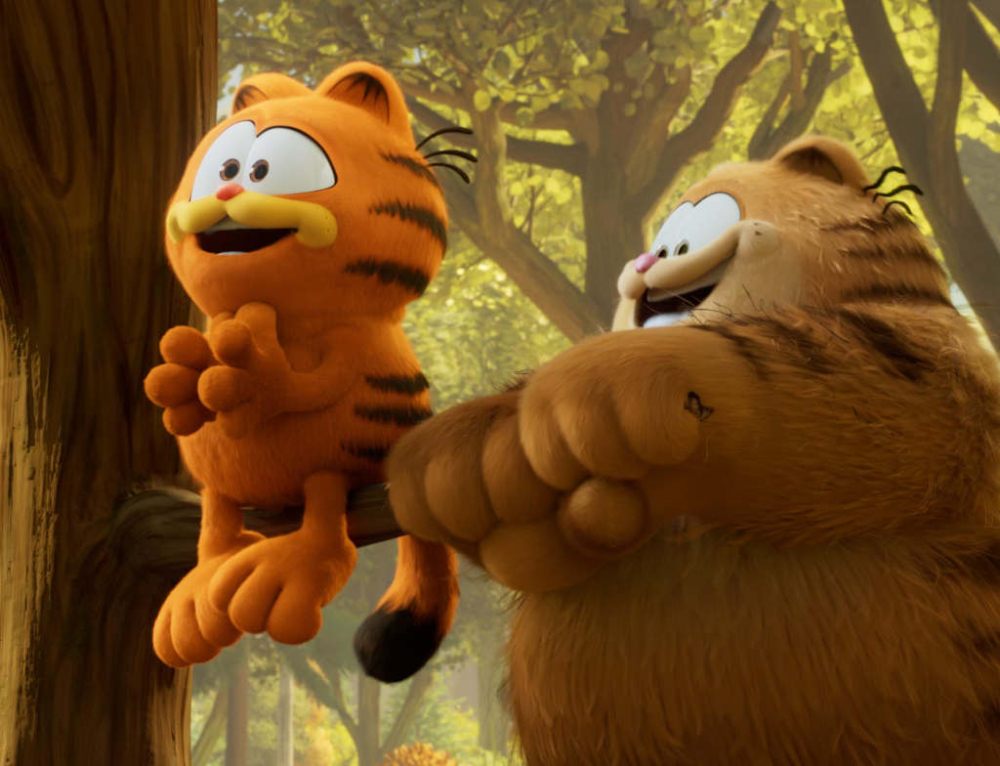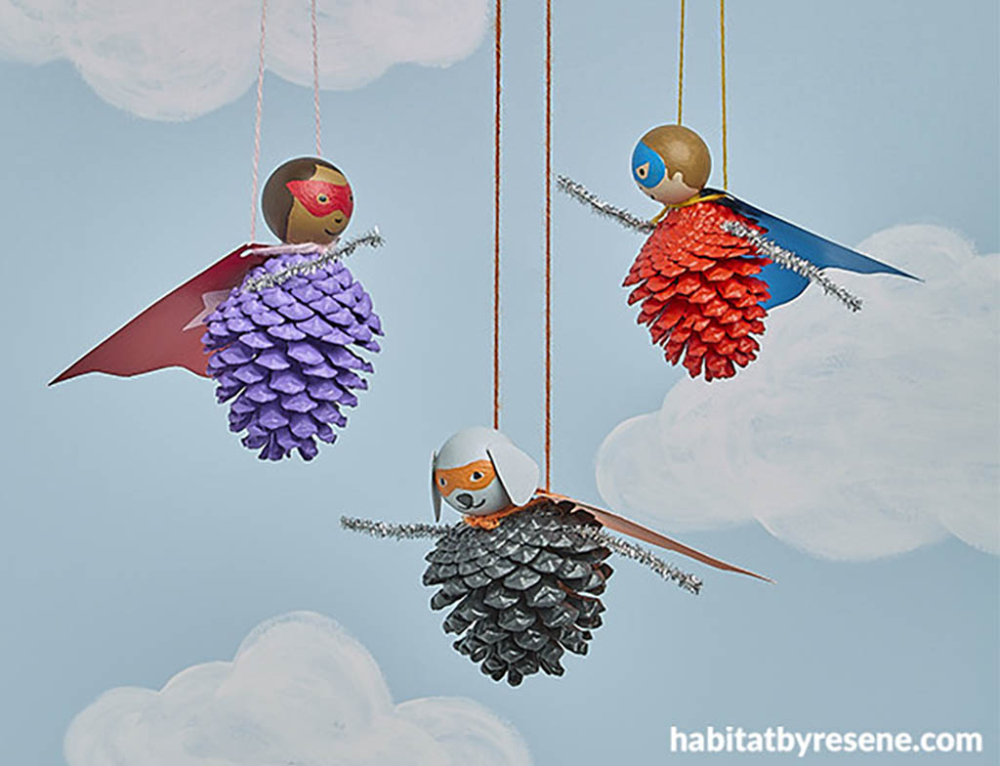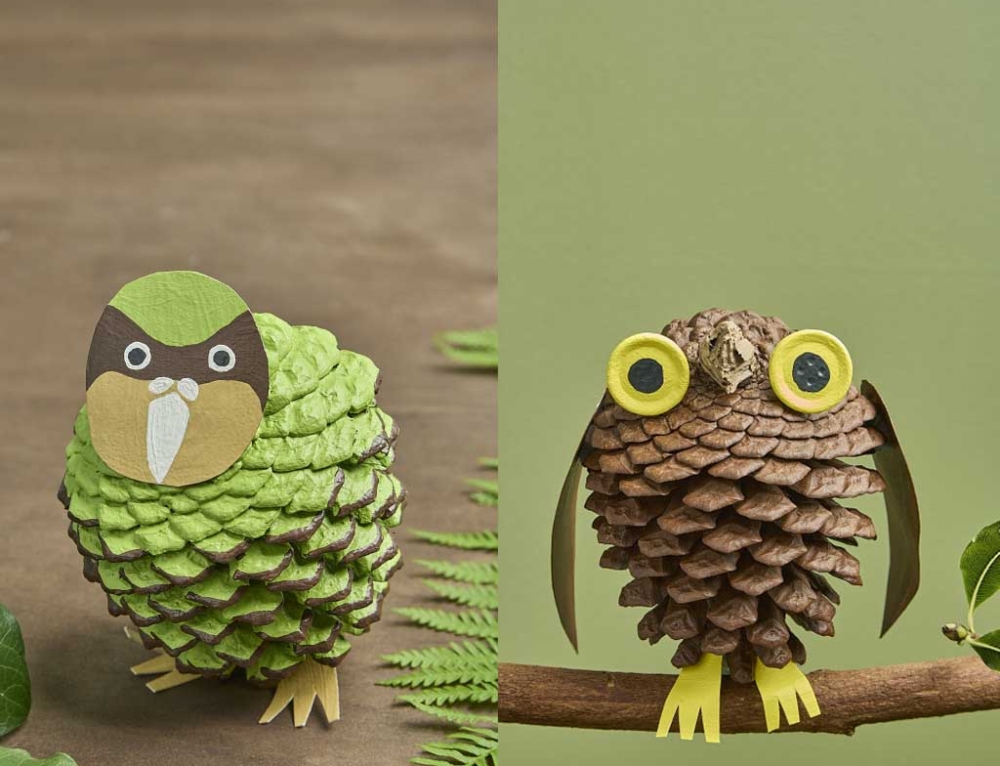If the sight of your children staring zombie-like at a screen sends shivers down your spine, why not try introducing them to an old-fashioned hands-on activity like string games.
Remember string games like cat’s whiskers? Jacob’s Ladder? Witch’s broom? If it’s ringing a vague bell but you can’t remember how it’s done, Kidspot has devised a string figure refresher course on your behalf.
In this article you’ll find five fool-proof how-to videos that will get you started on some basic string games.
Spending ‘quality time’ with our kids is something we angst about in Western culture and we do all sorts of crazy, elaborate things to try to be a good parent. But a core essence of parenting is simply the passing down of stories and ideas to the following generation.
If you spend some time learning a few string figure, then sit down to teach them to your children, you’ll be engaging in some solid quality time with your kids. You’ll also be keeping the ancient art of string tricks alive through the digital age.
String games: a history
The origin of string games dates right back to the Greeks in the 4th century AD. Since then, many cultures have taken up the practice of string figures, largely to illustrate stories. The cultural presence of string figures is far-reaching: from our very own indigenous Australians to the Inuit in the Arctic to the Zulu in southern Africa.
It’s no accident that string figures are so prevalent in so many cultures across the world.
- They’re a great development tool for a few key cognitive areas that are crucial for your child’s intelligence quotient: patterns and relations, geometry, spatial awareness and problem solving.
- They’re a classic parent-to-child cultural hand-me-down.
If you’re still thinking it’s too old-fashioned and hokey, think about this: string figures are just an ancient form of Tweet; a little idea passed on from one person to the next, eventually connecting a whole lot of us across the planet with common knowledge.
So get to it and learn some string tricks to pass on to your kids.
Check out our easy string game videos
We’ve collated five simple figures in this article, but there are so many more, and a lot of them lead to others. For example, once you know the Cup and saucer you can also do the Eiffel Tower, Stethoscope, and Star string figure, while Jacob’s Ladder leads to the Witch’s hat.
Cat’s whiskers
Cat’s whiskers is probably the string figure you will remember from the schoolyard. It’s handy because once you can do cat’s whiskers, you’re halfway to Jacob’s Ladder.
Jacob’s Ladder
Jacob’s Ladder: We used to call it the Harbour Bridge down here. It looks complex, but once you get the hang of the “Navaho” move it’s easy as.
Butterfly (or moth)
The Butterfly string figure is an old tribal classic that originates from Native American and Zulu cultures. They call it “the moth”. But we thought “the butterfly”’ was a more enticing name.
Cup and saucer
Like cat’s whiskers, cup and saucer leads to a number of further figures. Keep watching the video to see the Eiffel Tower as well.
Witch’s broom
Witch’s broom is a simple but effective one, also known in tribal cultures as “the spear”. Watch closely for the double twisted loop at the beginning of the figure.
Your string game glossary
If you’re going to go searching for more figures, here’s some terms you may come across. We’ve referred to fingers as thumb, pointer finger (or forefinger), middle, ring and pinkie. Some instructions refer to the: thumb, index, middle finger, ring finger and little finger.
- Position 1 – the most common starting position with the string running across the palms and behind the thumb and pinkie on each hand.
- Palm or palmar string – the string that runs across the palm in position 1.
- Transverse or frame strings – the strings that run straight across from one hand to the other.
- Opening A – (see videos) the beginning to most string figures – hooking the forefinger through each palmar string and pulling the hands apart so that there is a loop on each thumb, forefinger and pinkie.
- To Navaho, or pass over – to lift the lower loop on a finger (or thumb) up and off.
Thanks to Kidspot Australia for creating the instructional videos.







Leave A Comment
You must be logged in to post a comment.